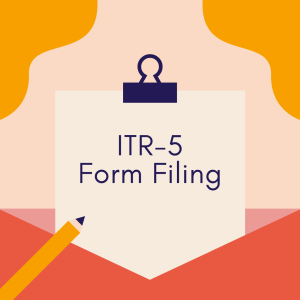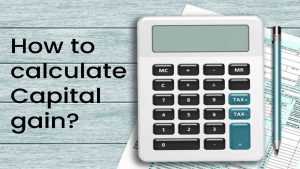Form 15G Income Tax
A declaration known as Form 15G requests that interest payments be exempt from TDS. If the taxpayer’s total income falls below the taxable threshold, they may employ this clause. This page provides a brief overview of Form 15G.
Eligibility for Filing Form 15G
A self-declaration form called Form 15G is used to claim TDS on specific types of income. The following conditions must be met in order to submit the form:
- Anyone under the age of 60 who is not a corporation or a firm may submit it.
- A permanent resident of India is required to file the claim.
- The individual who makes the claim is not liable for any taxes.
- The total interest income for the year is less than the basic exemption amount.

Benefits of Submitting Form 15G
Form 15G is used to achieve the following goals:
- To avoid TDS deductions by banks. Banks charge TDS if the interest on a fixed deposit exceeds Rs 10,000 in a particular financial year.
- Premature withdrawal of money from EPF (before five years) is permitted only if the fund’s balance exceeds Rs 50,000.
- To take advantage of national savings schemes and post office savings accounts.
- If the revenue from corporate banks and debentures exceeds Rs 5,000, it would be exempt from TDS.
- To claim a TDS exemption on the income from the maturity profits of a life insurance policy. If the assessee’s profit income is less than Rs 1 lakh, he or she may claim it.
- The rental revenue is free from TDS if the total rental consideration in a given year exceeds Rs 1.8 lakhs. A person may submit a claim against TDS if his or her total income falls below the basic exemption level.
Filing Form 15G
After preliminary validation, submissions may be made physically or electronically in compliance with the following previous verification, Form 15G may be submitted physically or electronically as long as it complies with the protocols, formats, and standards. If the claimant fails to file Form 15G with a legitimate PAN, their tax refund will be reduced by 20%. The claimant must supply the following information:
- A name (as specified in the PAN card).
- No deductions were claimed for the previous year.
- A resident’s status.
- Address for correspondence
- The tax assessment’s current state.
- This is the most current year for which the returns are being assessed.
- An estimate of the amount of revenue for which a declaration is being made.
- Total revenue estimates for the current fiscal year.
- Any prior Form 15G disclosures, as well as total income, should be included.
- Details about the investment being declared.
You may finish the form 15G filing process in the following manner:
Step 1:Log into the online banking system of your bank.
Step 2: After login in, choose the online fixed deposits tab to get to a page containing your fixed deposit information.
Step 3: You will have the choice of producing Form 15G or Form 15H, with Form 15G being the more significant of the two.
Step 4: Fill in the needed information as indicated in the instructions above on the following page.
Step 5: Fill in the details for the bank’s branch.
It’s critical to note that while filling out the form, the taxpayer must ensure that he or she has no obligations and that the year’s total interest income fits within the basic exemption level.
Consequences of Default
If you fill out Form 15G incorrectly, you could face the following consequences:
- It is possible to be imprisoned for 6 months to 7 years for making an incorrect declaration with the goal of dodging taxes in the number of one lakh rupees.
- Aside from the default described above, the assessee might face a jail term ranging from 3 months to 3 years.



